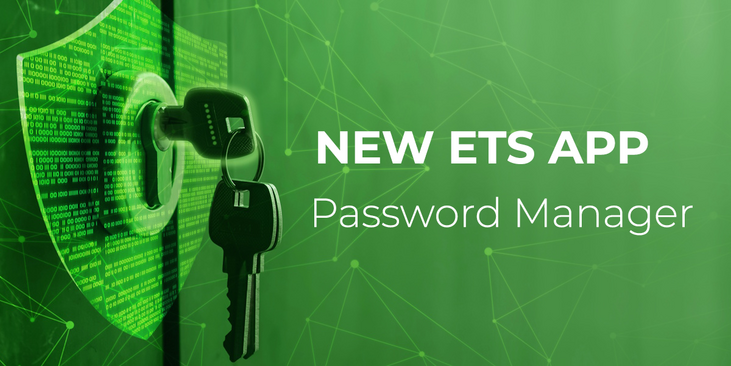07. Nov 2023
Is your smart home really secure?

From controlling lights with a voice command to remotely managing security cameras, the allure of connected devices is undeniable. However, as our homes become smarter, questions regarding the security of these interconnected technologies are also rising. Are our smart homes truly secure, or do they invite unforeseen vulnerabilities into our personal spaces? We’ll address the importance of safeguarding our digital domains and the security measures KNX takes.
Robust device security
Not all smart devices are created equal. Some may have robust security features, while others might lack proper encryption or regular updates. It's essential to research and choose devices from reputable manufacturers with a track record of security.
The KNX standard places an unequivocal emphasis on robust device security, setting a benchmark for the industry. From lighting controls to HVAC systems, KNX-partner devices adhere to a stringent protocol that incorporates encryption, authentication, and data integrity measures. KNX's commitment to end-to-end security safeguards not only the privacy of users but also the functionality of their connected environments. By adopting KNX devices, homeowners can rest assured that their smart ecosystem is fortified in great extensions.
Be wary of third-party integrations
Wishing to expand your smart home with a device, system or application other than the brand you’re already using? Third-party integrations might promise expanded functionalities and compatibility, but they also introduce a potential avenue for security vulnerabilities. The more interconnected your system becomes, the higher the chance that one weak link could compromise the entire chain. Diligent research by homeowners and ensuring that third-party integrations meet the same rigorous security standards as your core smart devices is paramount.
KNX systems and partner devices have always stood out for their commitment to security. KNX, as a standard, has long been synonymous with robustness, reliability, and security. With the KNX bus system, but in more recent years also with KNX RF (wireless) devices. Partners have to adhere to stringent criteria, ensuring that their devices and integrations meet the highest security benchmarks. When you choose KNX, you're choosing a well-established ecosystem where security isn't an afterthought; it's embedded in the very foundation. KNX partners understand that security isn't negotiable, and they align their offerings with the same dedication to safety that defines the KNX standard.
Encrypting data locally and in the cloud
Encrypting data, both within your home network and during transmission to the cloud, ensures that your sensitive information remains shielded from prying eyes. Local encryption secures the data exchanges occurring within your home, preventing unauthorized access even if a device is compromised. Cloud encryption, on the other hand, safeguards data during its journey from your home to remote servers, assuring that your private interactions with your smart devices remain confidential.
To continue security efforts, KNX has developed two new concepts: KNX Data Secure and KNX IP Secure. Both of them are based on worldwide established security protocols and can be integrated seamlessly into existing KNX systems. KNX IP Secure ensures that transmitted data via the internet is completely encrypted. KNX Data Secure protects data that is transmitted locally and encrypts independently of the medium.
Additional user-based security
If a security breach takes place, it’s often due to weak or default passwords. Always change default passwords and use strong, unique passwords for each device. Using a password manager can help you manage and generate strong passwords.
Whenever possible, enable two-factor authentication (2FA) for your smart device accounts. This adds an extra layer of security on top of the installed security measures by the KNX professional, making it harder for unauthorized users to access your accounts.
These security measures are completely on the homeowner side, but are strongly advised. Read up on other ways to add extra security features to your smart home.
Conclusion
A smart home is as secure as locking your car and parking it in your garage, or as keeping your smartphone in a phone case with a 6-digit code (that isn’t your cat’s birthday). Taking the necessary security measures and right additional precautions will secure your smart devices more than sufficiently. If you’re in doubt of your own knowhow in cybersecurity, you can always ask your KNX professional for advice.
Highlights
-
 Press
PressETS6 Roadshow 2025 marks global success, showcases power of ETS6.3
ETS6 takes center stage during the month of May with 24 roadshow stops all over the world. -
 News
NewsThe KNX Journal 2025 is now available
The latest edition of our annual smart home and building solutions magazine has arrived. The KNX Journal 2025 offers ... -
 News
NewsNew ETS App: Password Manager
The ETS Password Manager is a powerful new ETS App introduced in ETS 6.3 that eliminates the need to repeatedly enter ...


